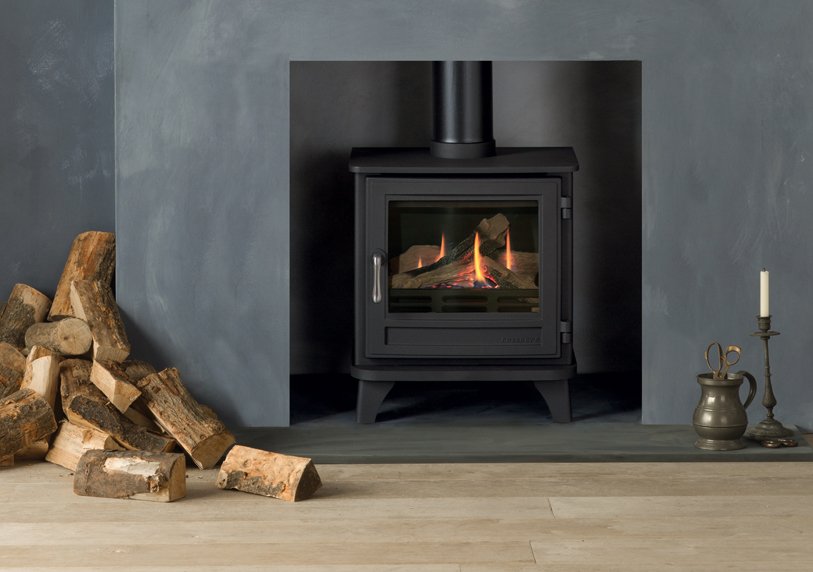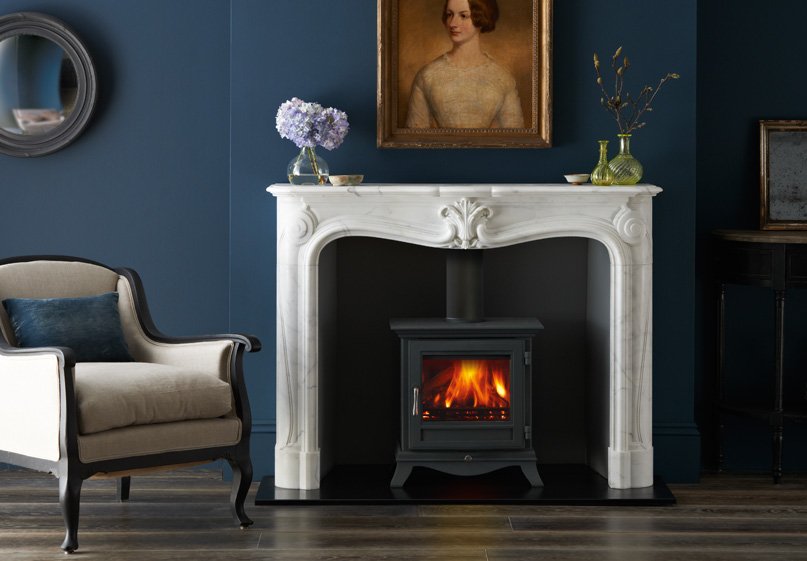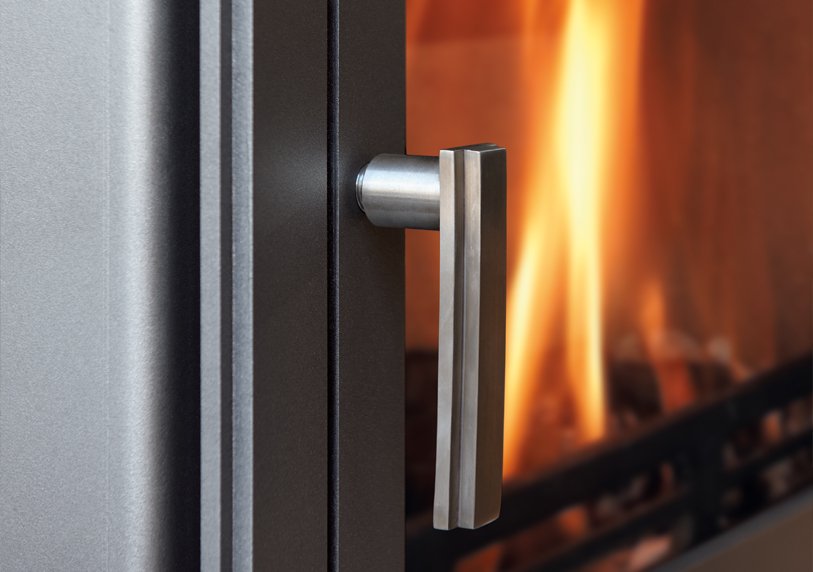

Stove Maintenance Basics: Whether you choose a wood burning, multi-fuel or gas stove, there will be some components that need to be regularly checked and maintained for you to get the most out of your appliance.
Stoves consist of several parts, including the firebox, door, air vents and flue. Each of these areas needs to be checked and cared for regularly, although the type of maintenance required will depend on the type of stove you have.
While looking after your stove may sound like a hassle, investing in an optimally engineered Chesney’s product makes cleaning and maintenance much easier. In this guide, we’ll talk you through the maintenance basics for three types of stove: wood burning, gas and multi-fuel.
HOW TO MAINTAIN A WOOD BURNING STOVE
Give your log burner the care and maintenance it deserves, and it will continue to work efficiently for years to come.
As these stoves are engineered to burn wood, it’s important that you do not burn other types of fuel in it. Don’t just burn any old wood in your stove, either. Freshly felled wood contains a high percentage of water, resulting in more smoke and pollutants when it’s burned. It also causes creosote and soot to clog your chimney, reducing efficiency and posing a safety hazard.
Before loading up your stove with logs, make sure they’ve been seasoned (dried out) for at least a year. If you don’t have room to season your own wood, buy it ready to burn instead.
The more you use your wood burning stove, the more often you will need to inspect, clean and maintain it. Some of the most important tasks to regularly carry out include emptying ash, removing soot and residue from the baffle plate, and cleaning the glass on the stove door.

You should also hire a professional chimney sweep twice a year. This is a skilled job that shouldn’t be attempted yourself and is essential in order to keep your stove safe, efficient and environmentally friendly.
You can view our range of wood burning stoves here.
HOW TO MAINTAIN A MULTI-FUEL STOVE
Multi-fuel stoves require a similar approach to maintenance as wood burning stoves. These stoves are capable of handling coal and briquettes as well as wood, making them a versatile option for heating your home.
That said, multi-fuel doesn’t mean ‘any fuel’: you should never burn household rubbish, cardboard, treated wood or any items other than those recommended in the safety guidelines for the stove you purchased. The same rules about seasoning wood apply to multi-fuel stoves – make sure you’re only burning timber with a moisture content below 20% to avoid pollution, excessive smoke and wasted energy.
Clean the glass and grate of your multi-fuel stove regularly to prevent permanent discolouration, using a product that’s specifically designed for stoves. Wait until the stove is completely dry before lighting it – any dampness or residue from the product will affect the quality of your fire and could damage your stove.
While coal and briquettes tend to cause less soot build-up than wood, you should still have the chimney attached to your multi-fuel stove professionally swept at least once a year to keep it clean, efficient and safe.
For further information regarding our multi-fuel stoves, you can discover our range here.

HOW TO MAINTAIN A GAS STOVE
With incredible convenience and controllability, gas stoves can be a great alternative to the wood burning and multi-fuel varieties. Chesney’s gas stoves aim to be indistinguishable from the real thing, emulating the flame patterns of a natural fire and looking suitably rustic with hand-painted logs and a lifelike glow.
Removing dust, debris and build-up from the glass, vents and hardware of your gas stove will prevent a cloudy appearance and reduce fire hazards – see cleaning and maintenance manual for more. As with any gas appliance, it’s important to have your stove checked and serviced by an expert once a year. Signs that your stove needs professional attention may include soot buildup, suspicious odours and slow ignition.
Browse our collection of gas stoves here.

WHEN TO REPLACE PARTS FOR YOUR STOVE
When choosing a supplier for your stove, check to see whether they can supply replacement parts if something goes wrong. As well as being built to last, Chesney’s stoves can be easily fixed and refreshed by ordering directly from our spares shop.
Some of the most common components that may need replacing on a regularly used stove include door rope seals, grates, fire bricks, log retainers and baffle plates. If any parts of your stove are looking worse for wear and need to be replaced, order online from us and have the new component fitted by a HETAS registered engineer.
For all things stoves, from design inspiration to installation considerations, discover more here. Alternatively, you can visit our showrooms or find a stockist near you. For more updates follow us on Facebook, Twitter, Instagram or Pinterest.
Need help?
If you need more information or some assistance making a selection from our large range of products, don’t hesitate to get in touch.
Stoves
Chesneys have a range of accessories that include contemporary and traditional fire tools, fire screens and a selection of interior panels
